Carbon Farming Project Regulatory Requirements under the ERF/LRF
The Australian Carbon Credit Unit (ACCU) is the most reliable and scientifically credible carbon credit available to business and the agricultural industry. This is a highly regulated financial product that has an associated environmental value attached (1tonne CO2 equivalent sequestered/avoided = 1 carbon credit).
Eligible carbon projects will be submitted for registration by Climate Revive to the Clean Energy Regulator through the Emissions Reduction or Land Restoration Fund/s (ERF/LRF) under the chosen methodology. The project will either be implemented for a period of 25 or 100 years (depending on the methodology and landholder choice) for long term carbon abatement potential.
Over the life of the project, there will be a total of 3 third party audits and annual/biannual monitoring conducted by a suitably qualified person or the allocated team. The ACCU’s accumulated over the life of the project will be delivered to the business or landowner in a cash or credit form (depending on their respective choice) post the secondary offsets report.
Please note that Climate Revive follows the Australian Carbon Industry Code of Conduct for all methodologies under the ERF/LRF.

(Diagram sourced from the Clean Energy Regulator)
Verified Carbon Standard
The Verified Carbon Standard (VCS) is managed by Verra, an organisation that was built to offer greater quality assurance in voluntary carbon markets. As an international standard operating in what is often referred to as the ‘voluntary’ carbon market, VCS offers greater flexibility in carbon methodology and trading opportunities.
The standards and programs that are offered through VCS are applicable on a global scale and undergo comprehensive consultation, peer review and independent assessments before approval. This process draws upon 4 key steps outlined in the
VCS Standard diagram shown:

Please note that Climate Revive follows the Australian Carbon Industry Code of Conduct for all methodologies under the ERF/LRF.

VCS Standard Diagram
(sourced from the Verra website)
Gold Standard
The Gold Standard was established by WWF and other international NGOs to help reduce and sequester global carbon emissions. Unlike other carbon standards, the Gold Standard aligns its methodologies to the United Nation’s Sustainability Development Goals (SDG) to maximise impact and help create worldwide ‘co-benefit’ value to carbon projects.
As part of the voluntary carbon market, this standard aims to accelerate climate action and progress towards fulfilling the Paris Climate Agreement and SDGs. This is achieved through 3 main pillars
(refer to the Gold Standard Pillar Diagram):



Gold Standard Pillar Diagram
(sourced from the Gold Standard organisation website)
Complaints Handling Procedure


Carbon Code






